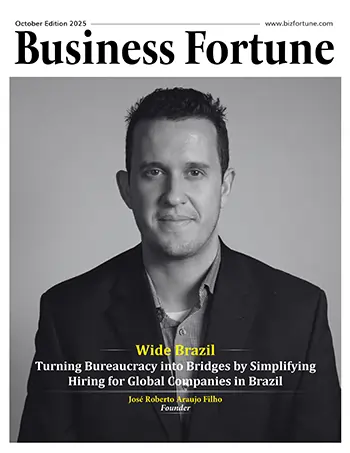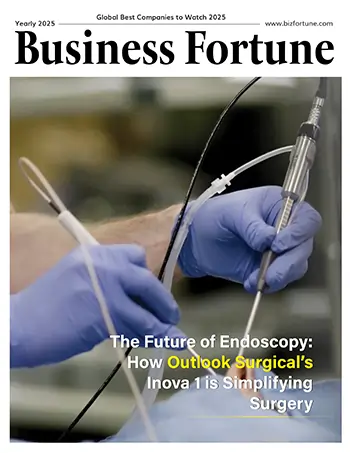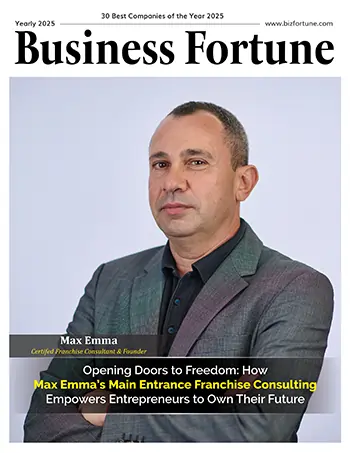Home Industry Nanotechnology Quantum Breakthrough: Enhanced...
Quantum Breakthrough: Enhanced Majorana Stability Achieved with Three-Site Kitaev Chain
Nanotechnology

Business Fortune
03 April, 2025
A three-site Kitaev chain has been successfully used by researchers to increase Majorana zero mode stability, opening the door to more dependable quantum computing.
A paper, "Enhanced Majorana stability in a three-site Kitaev chain," published in Nature Nanotechnology, states that the Majorana zero modes produced in such quantum systems can be made to retain stability on a commendably improved scale.
The work is noteworthy on the road toward fault-tolerant quantum computing and was carried out by collaboration between groups at the University of Oxford, Delft University of Technology, Eindhoven University of Technology, and Quantum Machines.
It has been claimed that exotic quasiparticles called Majorana zero modes (MZMs) are immune to environmental perturbations that lead to decoherence in everyday qubits. This essential property makes them well-suited to realize reliable quantum bits, or qubits. However, this is an extremely ongoing challenge that remains difficult because of the intrinsic weaknesses in conventional materials to develop MZMs very stably.
In order to overcome this difficulty, the study team built a three-site Kitaev chain, which is a precursor to topological superconductors. In order to precisely manage quantum states, they employed hybrid semiconductor-superconductor nanowires, which are quantum dots connected by superconducting segments.
This three-site design is a major improvement as it provides a sweet spot where the MZMs are more spatially separated which reduces interactions and boosts stability.
Dr. Greg Mazur, a quantum engineer at QuTech during the research period and the study's principal author from the University of Oxford's Department of Materials, said their findings are a major breakthrough, showing that scaling Kitaev chains not only preserves but also enhances Majorana stability.
He is keen to further this approach in the quest for ever-more-scalable quantum-dot systems with his newly established research group at Oxford. His research in the Department of Materials will focus on creating artificial quantum matter with state-of-the-art nanodevices.


































